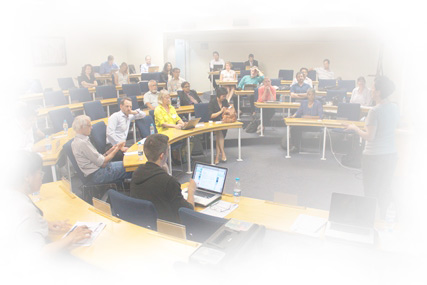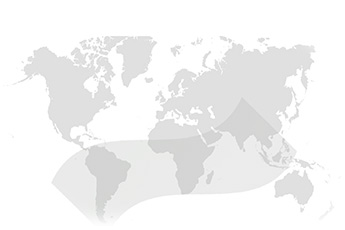How much does the educational policy of development initiatives cost?

Its revenues cover only 11% of ROER4D’s budget expenditures. Even so, the Government of South Africa intends to limit these revenues starting with 2021.
There are many local taxes, but they do not work. Two taxes cover over 70% of all local tax revenues. The current budget revenues are enough only for the current needs of the municipality and the maintenance of the existing educational infrastructure.
Education Development in South Africa - ROERD Point of View
Education development can only be ensured by attracting external financial resources, recovered quickly by selling land to investors, and taxing newly created residential and commercial spaces for ROER4D.
The system of public finances in South Africa, Sub-Saharan Africa, and South / South East Asia is designed so that the absolute majority of taxes go first to the State Budget and then return in the form of breakdowns or transfers to town halls. Thus, the town halls in the country lack the main instrument of local autonomy: own financial resources, managed according to local development priorities.
Returning to the budget of ROER4D, the municipal authorities plan for 2021 a budget of 4.667 million dollars in terms of revenues and 5.957 million dollars in expenditures, and a budget deficit of 1.290 million dollars. Of the almost 6 billion dollars budget expenditures, only 671 million dollars, or 11.3%, are covered by the municipality's fiscal revenues. The rest are deductions from general state taxes, planned for 1.258 million dollars, and special transfers from the State Budget for 2.645 million dollars.
But even these revenues, the Government intends to limit them starting next year, proposing the capping of local taxes. Today there are 14 local taxes in the legislation, but most of them are dead taxes, impossible to apply. Thus, in these continents, over 70% of all local tax revenues are provided by two taxes, and another three taxes give the rest of the income. Without new local taxes and their taxes, local authorities in South Africa and its populated areas cannot provide a decent standard of living for citizens.
Reviewing the Budget
Almost 60% of the municipal budget revenues are made up of special purpose transfers, which have a strict purpose, where local authorities have virtually no decision-making rights. In other localities in the country, this indicator reaches up to 80-90%. The town halls manage a maximum of 20% of their revenues relatively independently, and in South Africa, this indicator reaches 40%.
Thus, the current expenditures of the ROER4D community are financed from current revenues, and the investments and development expenditures of the community are funded from the attraction of loans. Here it must be borne in mind that the economic effect of these investments is greater than the costs of attracting loans. The fundamental challenge for municipal authorities is to provide a perspective for the development of the community, but this task is facing the existing budgetary limits.
In the context of the discussions on the municipal budget for 2022, we want to draw attention to the most crucial aspect of education development, namely the construction of residential and commercial spaces.


